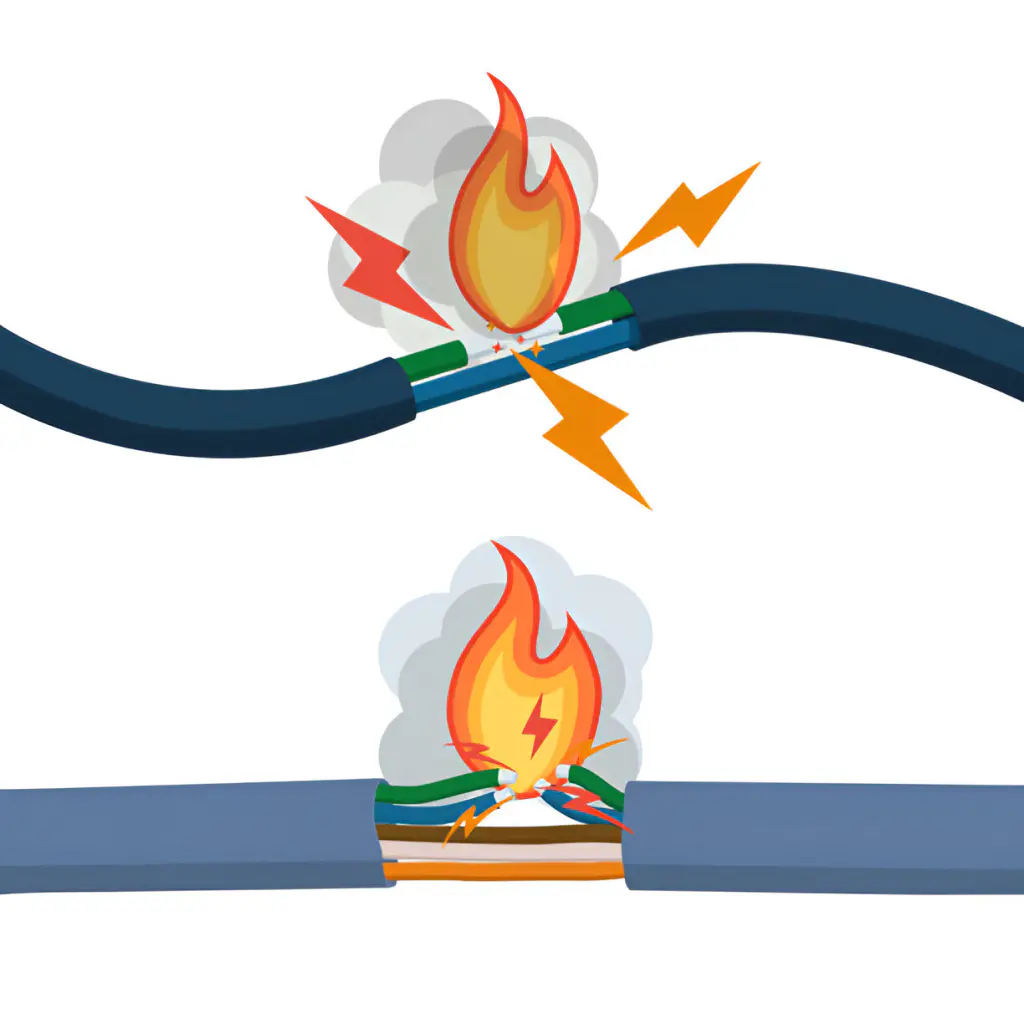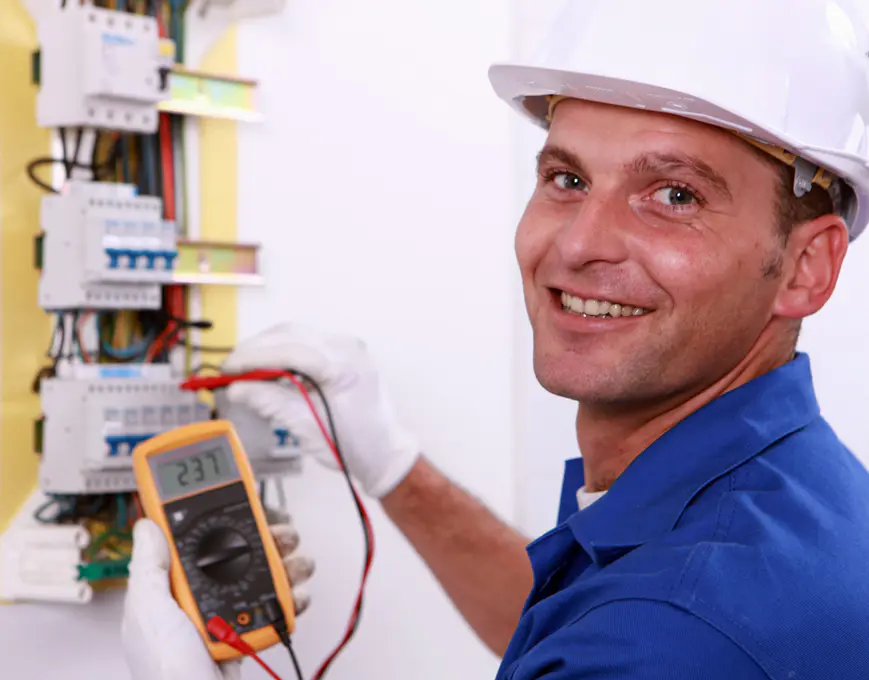Navigating the realm of property regulations can often feel like trying to track a chameleon in a jungle, particularly when it comes to the impending mandate for Electrical Safety Inspections in 2024.
As a seasoned real estate professional, I’ve been carefully monitoring these changes and their implications. It’s critical for property owners to understand the potential impacts, as non-compliance may lead to serious consequences.

So, why should we care about these inspections, and what do they entail for landlords and tenants alike? Let’s peel back the layers of this regulatory onion and find out.
This new regulation is significant enough to warrant proactive attention and preparation, given the potential ramifications for property owners and tenants. Compliance will not only ensure the safety of occupants but also protect the investment value of the property in question.
Understanding Pre-2020 Electrical Regulations
Before the year 2020 ushered in new electrical safety regulations, mandatory inspections were solely the purview of Houses in Multiple Occupation (HMOs) in England.
The historical context reveals that EICRs were recommended every five years for private tenancies, but it wasn’t a legal requirement. The regulatory changes were a response to the pressing need for ensuring tenant safety.
Interestingly, Scotland had already mandated electrical testing in 2014, making England’s regulations a somewhat belated move. The safety implications were significant, compelling landlords to meet electrical safety standards, carry out regular inspections, and share reports with tenants and authorities.
Landlord awareness about the changes was crucial to implementing them effectively, highlighting the inherent relationship between regulatory shifts and stakeholder education.
Implications of New Regulations for Landlords
With the advent of the new regulations, landlords faced a variety of implications, significantly altering their responsibilities and obligations towards electrical safety in their properties. Financial implications became immediate with potential penalties for non-compliance reaching up to £30,000.
This necessitated proactive inspection scheduling every five years, ensuring properties met the stipulated safety standards. Enhanced tenant communication became crucial to facilitate these inspections. Landlords had to clearly communicate the reasons for these inspections, and their legal responsibilities in maintaining electrical safety.
Safety measures taken during inspections contributed to the overall security of the property and its occupants. The legal responsibilities of landlords extended beyond just providing safe housing, but also ensuring compliance with these new regulations.
Inspection Process and Landlord’s Duties
In light of the new regulations, it’s crucial for landlords to understand their responsibilities during the inspection process and the duties they hold towards their tenants. Meeting safety standards is paramount, but equally important is understanding and fulfilling inspection requirements.

As a landlord, I’m obliged to ensure regular inspections by qualified professionals, providing tenants with copies of the report within 28 days of completion. If a report highlights any issues, I’m required to take remedial actions promptly, usually within 28 days. I also need to maintain regular tenant communication, informing them about inspection dates, any required remediation work, and providing assurances of their safety.
Juggling these duties may seem daunting, but it’s an integral part of being a responsible landlord.
Ensuring Compliance and Exclusion Criteria
While managing the inspection process and subsequent duties is an integral part of being a landlord, it’s equally important to make sure we’re compliant with the regulations and understand which properties are excluded from mandatory inspections.
Navigating compliance challenges requires constant vigilance, staying abreast of regulatory updates, and adhering to high safety standards. As landlords, we must ensure all properties under our care meet the set criteria and schedule regular inspections.
However, some properties such as social housing, shared accommodation, long leases, student accommodation, and healthcare buildings are excluded. It’s our responsibility to keep up to date with the ever-changing exclusion criteria to avoid unnecessary inspections.
The devil is in the detail, and mastery in this area is critical to maintaining safety standards and avoiding penalties.
Impact of COVID-19 on Inspections
The COVID-19 pandemic has significantly disrupted the regularity and execution of electrical safety inspections, presenting unique challenges and considerations for landlords and inspection professionals alike.
With lockdowns and social distancing measures in place, delayed inspections became a common issue. The pandemic impact was also markedly seen in technician shortages, as many were unable to work or had to limit their operations due to safety concerns.
Despite these hurdles, safety measures were implemented to ensure inspections could continue in some capacity, including the use of personal protective equipment and adherence to distancing guidelines. Though these conditions were unforeseen, they underscore the importance of planning ahead for inspections, to mitigate potential disruptions and ensure continued compliance with safety standards.
Requirements and Benefits of EICR
Despite the challenges imposed by the COVID-19 pandemic, landlords’ obligation to obtain an Electrical Installation Condition Report (EICR) remains undiminished, highlighting its importance in ensuring tenant safety and property compliance. An EICR isn’t just a regulatory compliance tool, but it also provides safety assurance and tenant protection.
Its cost benefits are evident in the long term, as it helps avoid expensive repairs and lawsuits from electrical accidents. It’s crucial in property maintenance, identifying potential electrical issues before they escalate, hence, preserving the property’s value. Undeniably, the EICR is an essential instrument that intertwines regulatory compliance, cost benefits, safety assurance, property maintenance, and tenant protection.
Therefore, obtaining it should be seen not just as an obligation, but as an investment towards a safer and more sustainable property.
Frequently Asked Questions
How Does the Legislation for Mandatory Electrical Safety Inspections in England Compare to Regulations in Other Parts of the Uk?
Compared to England’s mandatory inspections every five years, Scotland’s regulations implemented this in 2014. Wales’ guidelines aren’t as strict, and Northern Ireland’s protocols differ too. Inspection frequencies and penalty differences exist across the UK regions.
What Steps Can Landlords Take to Ensure They Are Prepared for an Electrical Safety Inspection?
To prepare for an electrical safety inspection, I’ll create an inspection checklist, communicate with my tenants, plan for inspection frequency, budget for costs, and ensure all safety standards are being met.
How Does the EICR Inspection Affect the Landlord’s Insurance Policy on the Property?
As a landlord, EICR’s impact on my insurance policy involves potential adjustments. Compliance might lower safety costs, lead to coverage alterations, and insurance implications could arise if I don’t adhere to these safety standards.
What Are the Specific Requirements for New Builds and Completely Rewired Properties in Terms of Electrical Inspections?
For new builds or rewired properties, they’ll require initial verification. I’ll need to factor in inspection costs, certificate validity, fault rectification, non-compliance penalties, and contractor selection in my decision-making process.
What Are the Considerations for Landlords With Multiple Properties in Terms of Scheduling and Managing the EICR Inspections Efficiently?
As a landlord with multiple properties, I’ve found that bundling inspection costs, maintaining clear tenant communication, ensuring timely property access, adhering to inspection frequency, and efficiently managing documentation aids in conducting EICR inspections seamlessly.
Conclusion
Navigating these new EICR regulations may seem daunting, but it’s crucial for ensuring your tenants’ safety and your compliance as a landlord. Remember, a thorough inspection and prompt action on any faults detected can save you from potential legal consequences.
Amidst the challenges of COVID-19, being proactive is key. Stay informed, stay compliant, and most importantly, stay committed to providing a safe environment for your tenants.









